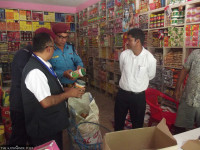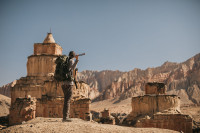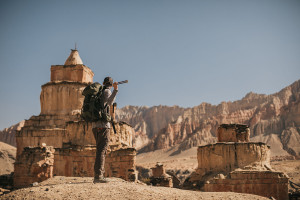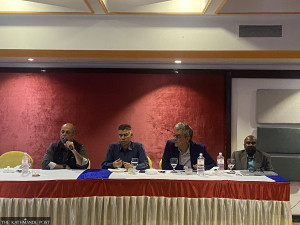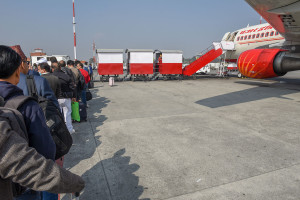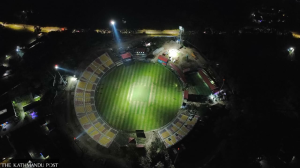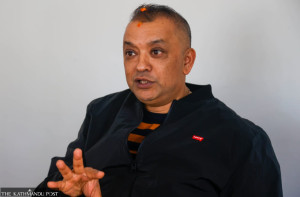Money
Bangladesh proposes to build hydropower plants in Nepal
Energy-starved Bangladesh has proposed to build hydroelectric projects in Nepal to expand its power options after spending $1 billion to build electricity plants in Bhutan.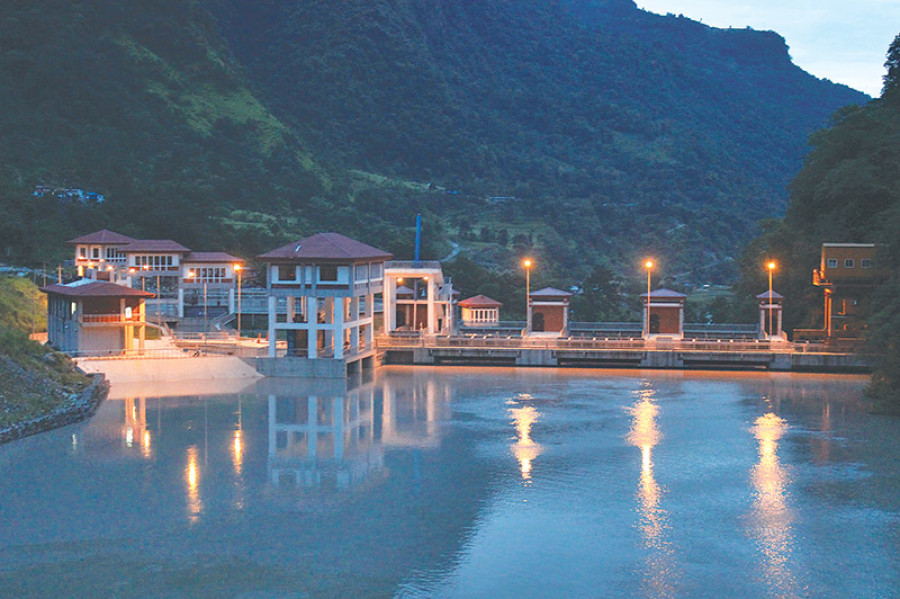
Energy-starved Bangladesh has proposed to build hydroelectric projects in Nepal to expand its power options after spending $1 billion to build electricity plants in Bhutan.
“In order to meet growing demand, we are importing 640 MW from India and thinking of installing nuclear plants,” Bangladeshi Ambassador to Nepal Mashfee Binte Shams said on Thursday. “We consider Nepal a big market that can fulfill our energy demand.”
Over a year ago, the Nepal government submitted a list of seven possible projects after Bangladesh sent a proposal to invest in Nepal’s hydropower sector. However, no progress has been made since then.
“After the Bangladesh government’s investment comes into Nepal’s energy sector, we hope the private sector will also step forward,” she said, adding that there were no hiccups or hindrances to exporting power from Nepal to Bangladesh.
“I don’t think that there will be a problem in exporting electricity from Nepal. India is positive and has agreed to allow transmission of electricity to Bangladesh from Nepal. We are ready to import electricity from Nepal after meeting Nepal’s requirements as much as can Nepal can export to us,” she said, who has completed a four-year term in Kathmandu.
Earlier, it had been reported that India could obstruct cross-border transit facilities to Nepal via Bangladesh, including the import of electricity and grid expansion between the two countries. Now the situation has changed. The new sub-regional framework like the Bangladesh, Bhutan, India, Nepal (BBIN) which has already been implemented, is changing the regional landscape in the field of connectivity, trade, commerce, transit, motor vehicle, energy and grid.
“Nepal and Bangladesh should accelerate high-level visits to streamline the areas of cooperation so that new synergy will be added to bilateral ties,” she said. There are three regular flights between Bangladesh and Nepal, but there is very little movement of travellers from the respective countries which needs to be looked into carefully as there is great scope for the promotion of tourism, said Shams.
On the trade front, she said that Nepal was only exporting lintels to Bangladesh. “Why don’t Nepali traders export coffee, jewellery, handicrafts and other items at a time when Nepal is importing over 58 items from Bangladesh,” she said. Nepal’s imports from Bangladesh came to more than $47.5 million last year.
“I see a lot of scope and synergy on both sides. Every year, we hold trade fairs in Kathmandu to promote Bangladeshi products. I urge Nepali traders to visit Bangladesh, asses the market and import products as per Nepali tastes and requirements.”
“Now, Nepali traders can go by land route to Bangladesh without hindrance via India, which is major cornerstone in the area of trade and transit. We have been urging Nepali traders to use the railway at first and start seeking other facilities gradually which will bring down the cost significantly.”
Another key area that Nepal and Bangladesh can work together on is water resources as Nepali rivers do contribute a huge portion of water to Bangladeshi rivers.
“Agriculture and fishery have big scope that nobody has discussed yet,” she said. Bangladesh produces huge fresh water fish and is advancing in the agro manufacturing sector. The country is fully dependent on its own home grown agro products.
At present, 6,000 Nepali students are pursuing higher studies in Bangladesh, and the number is growing. Annually, 600 Nepali students enrol in various universities and colleges in Bangladesh.




 19.12°C Kathmandu
19.12°C Kathmandu
